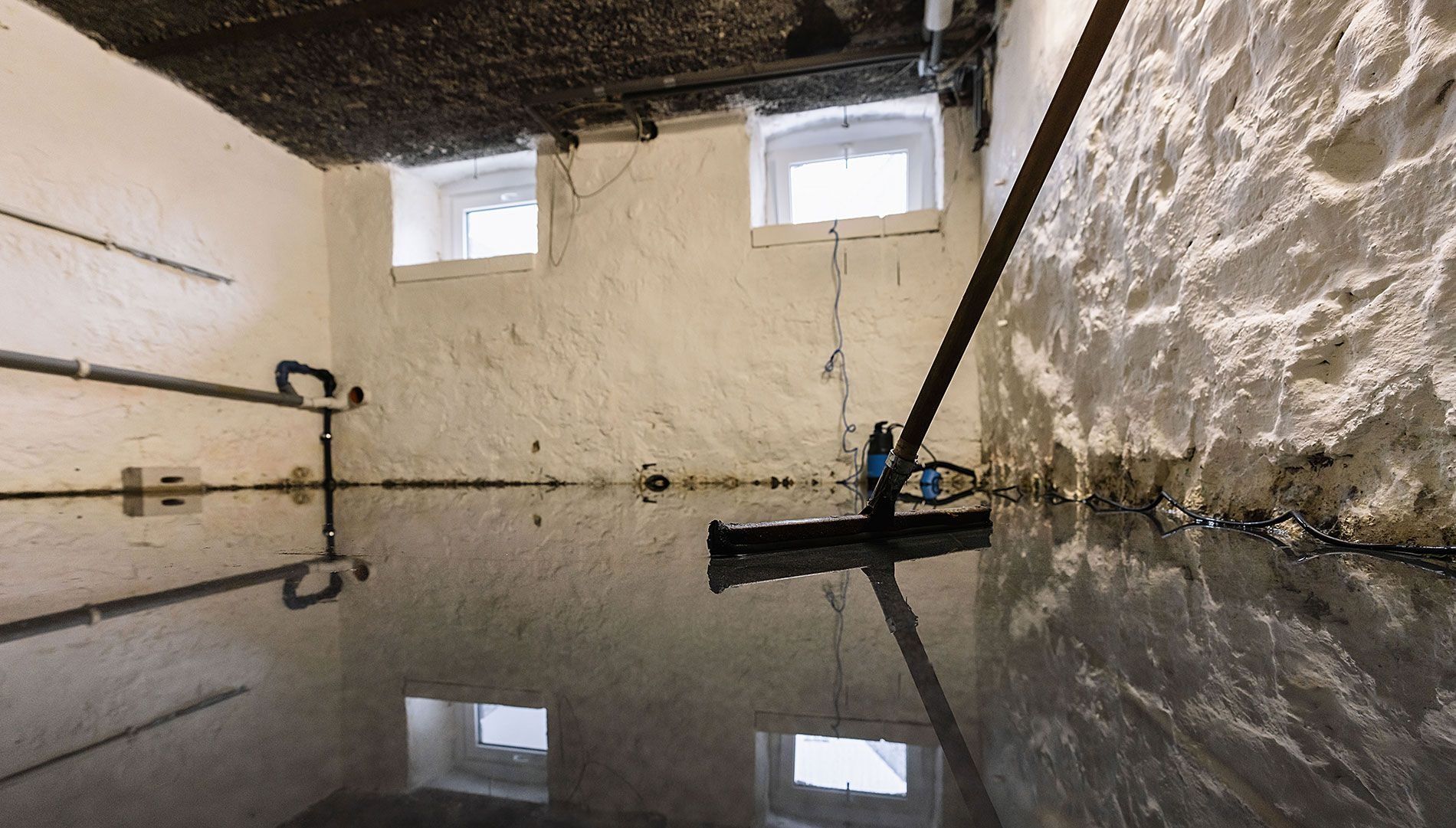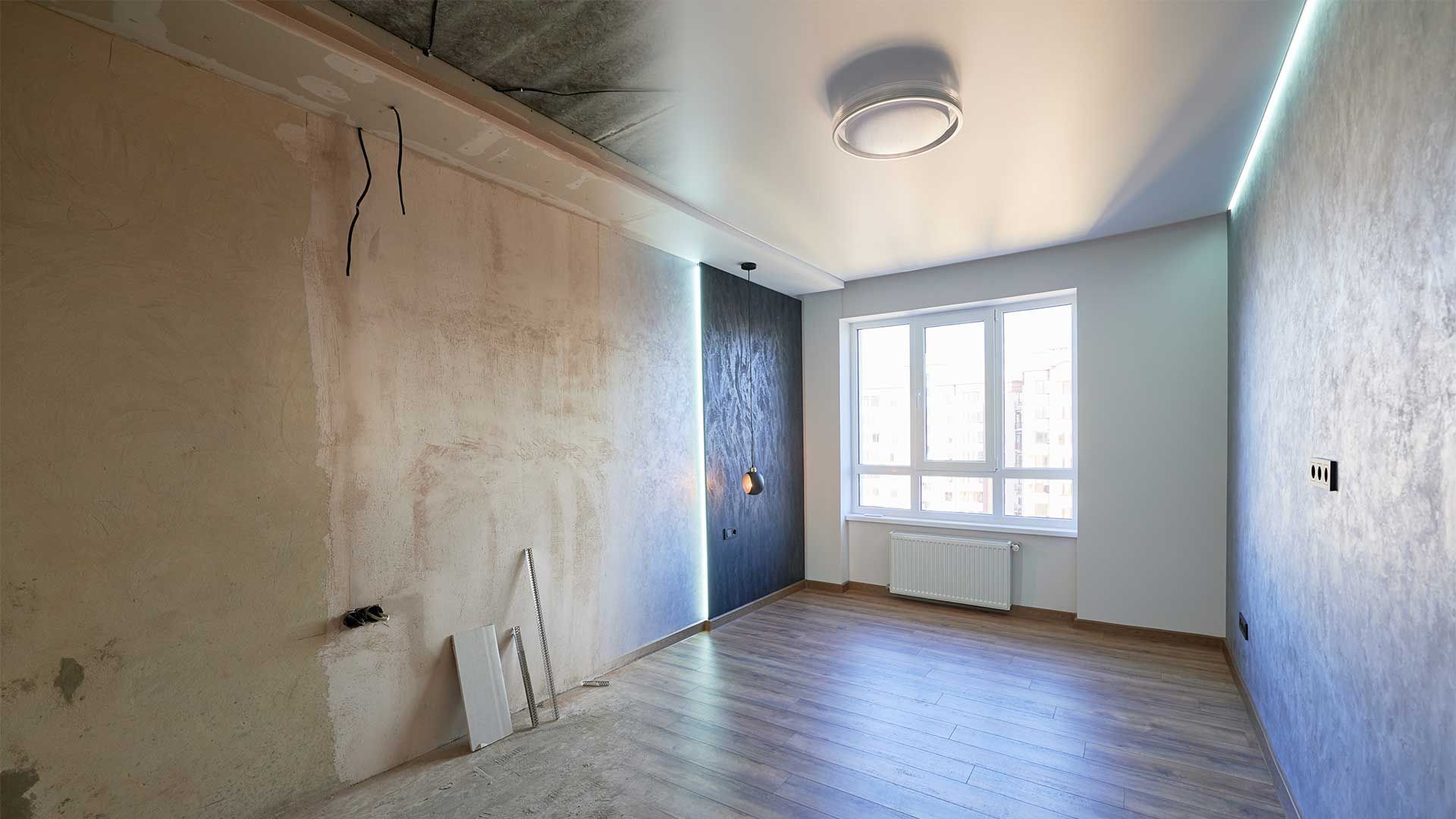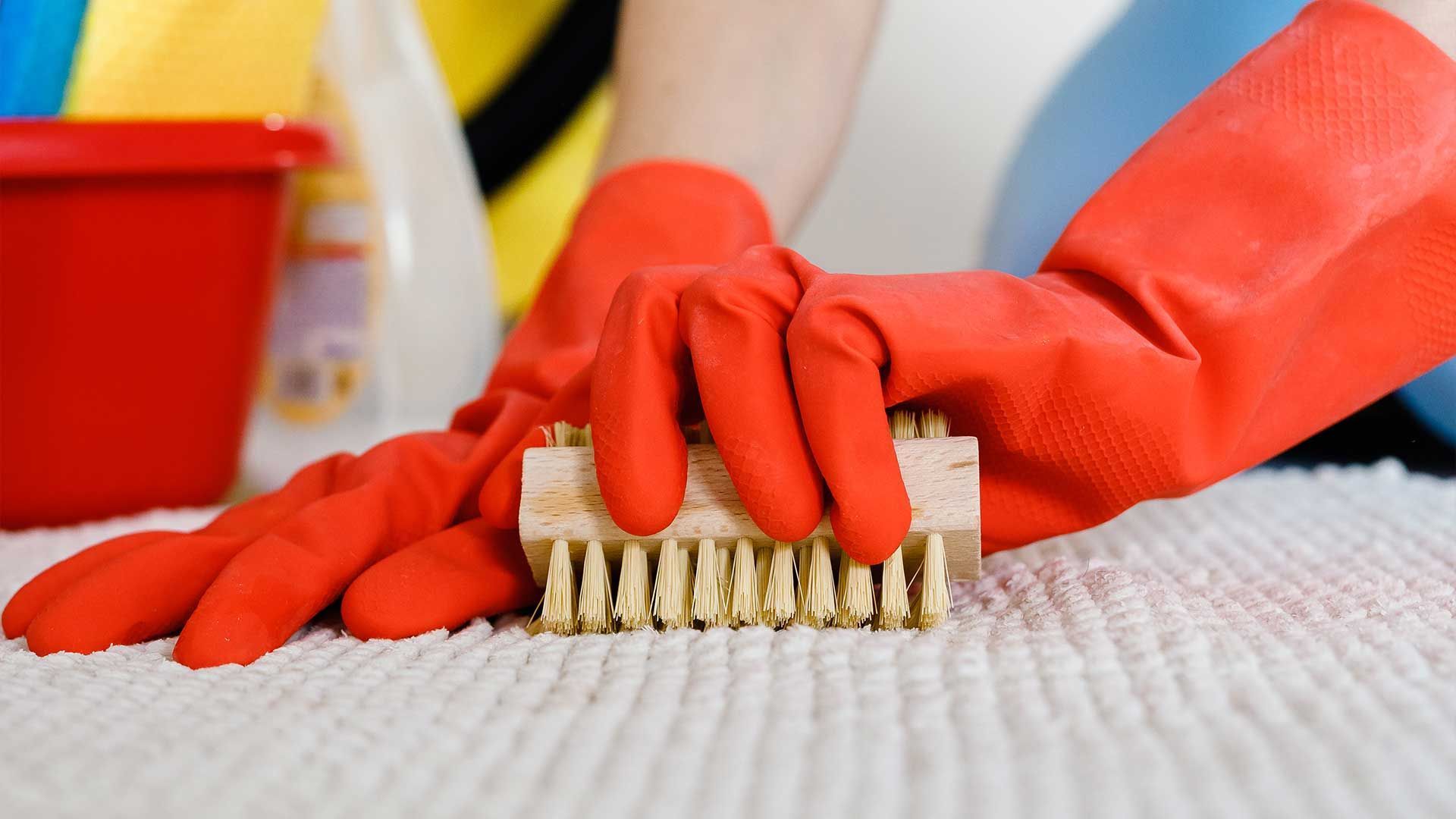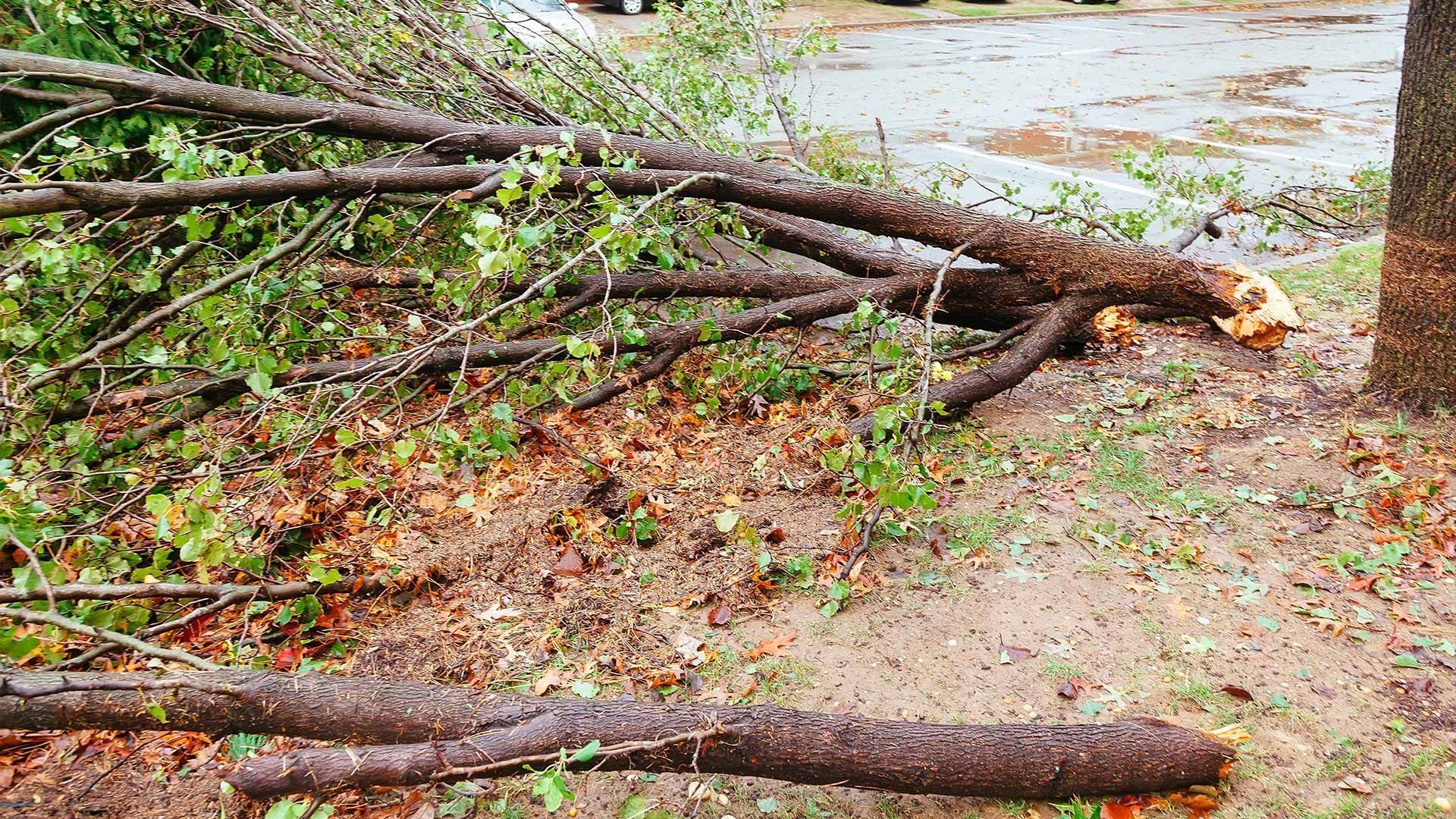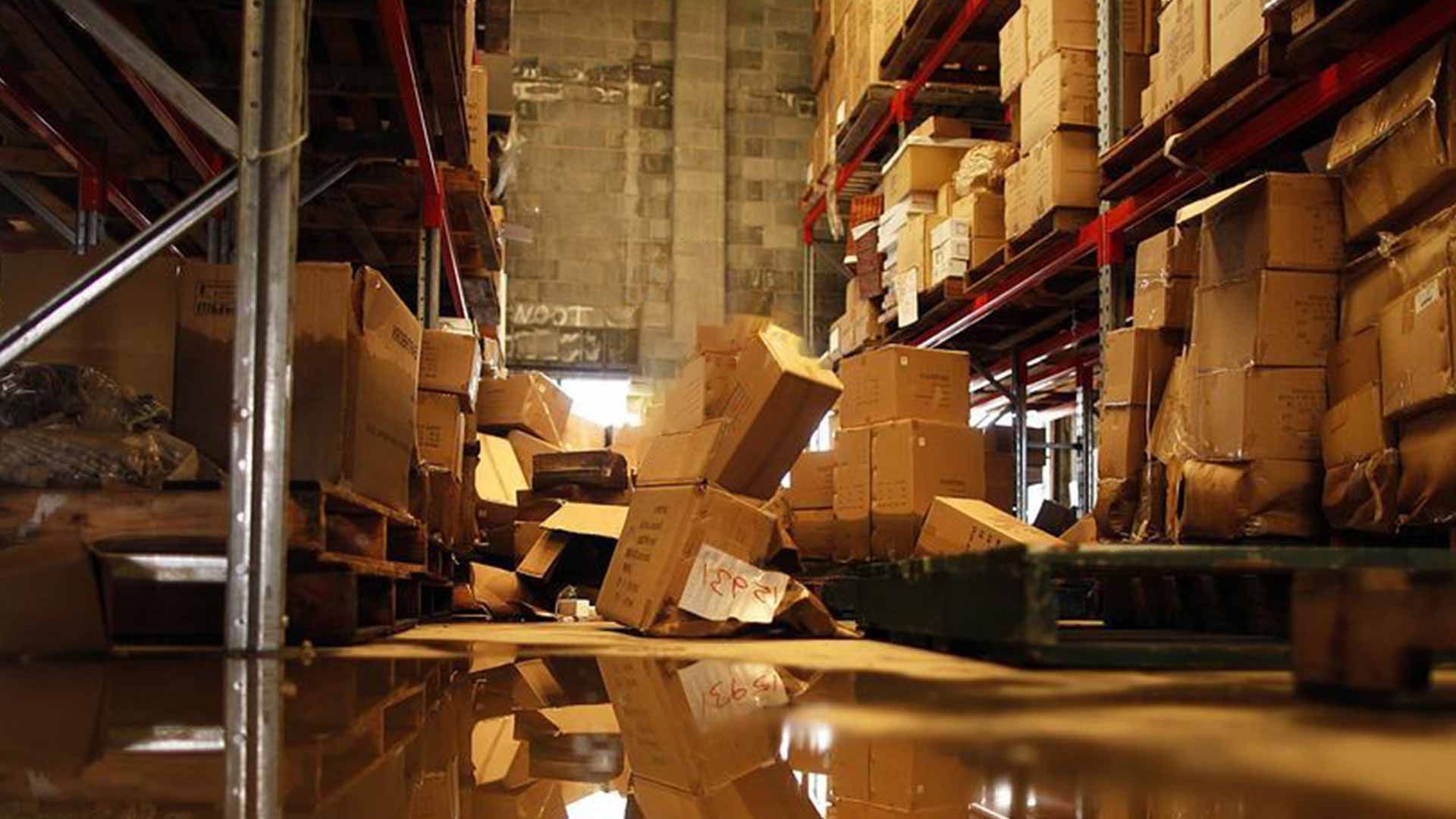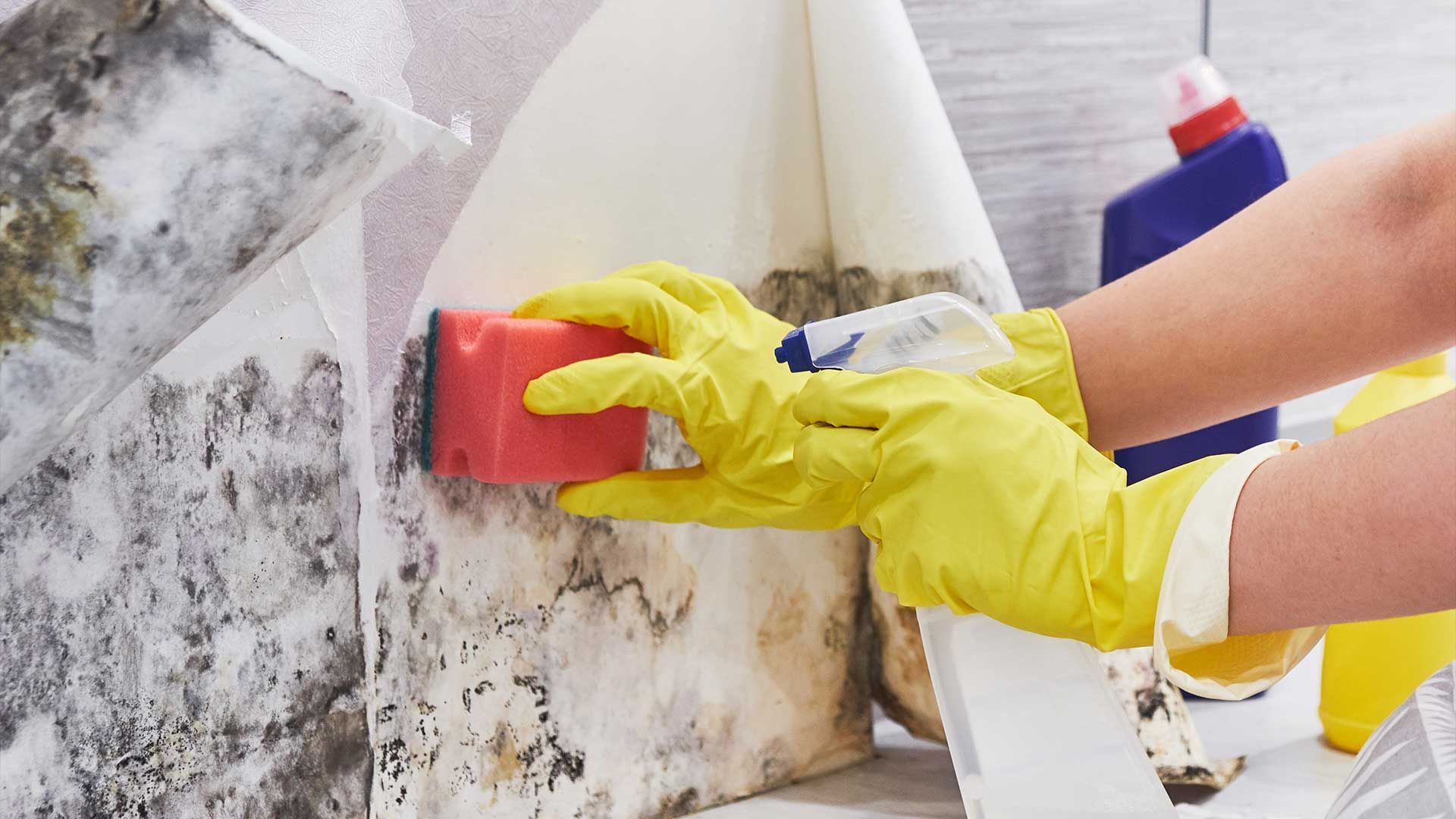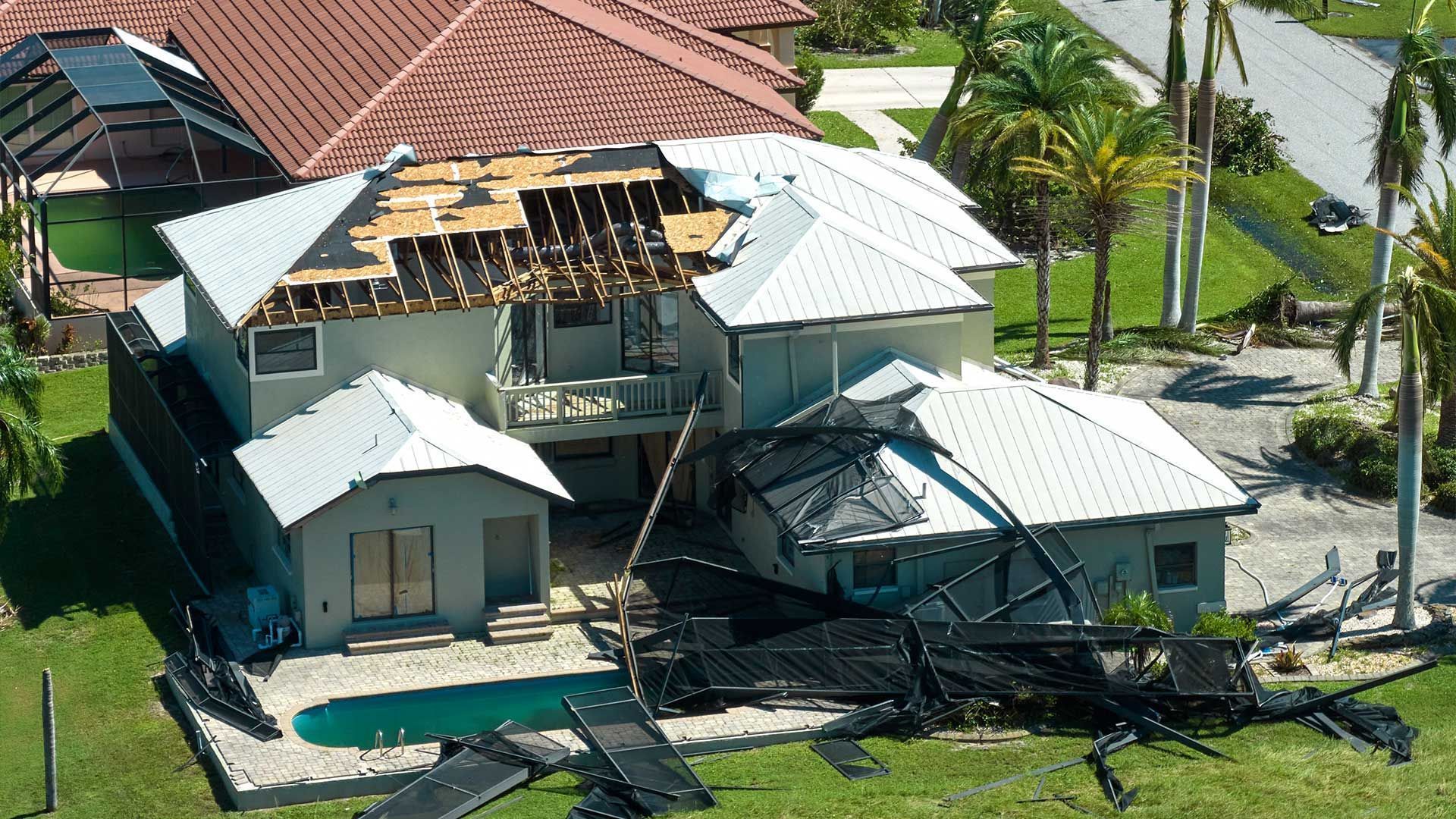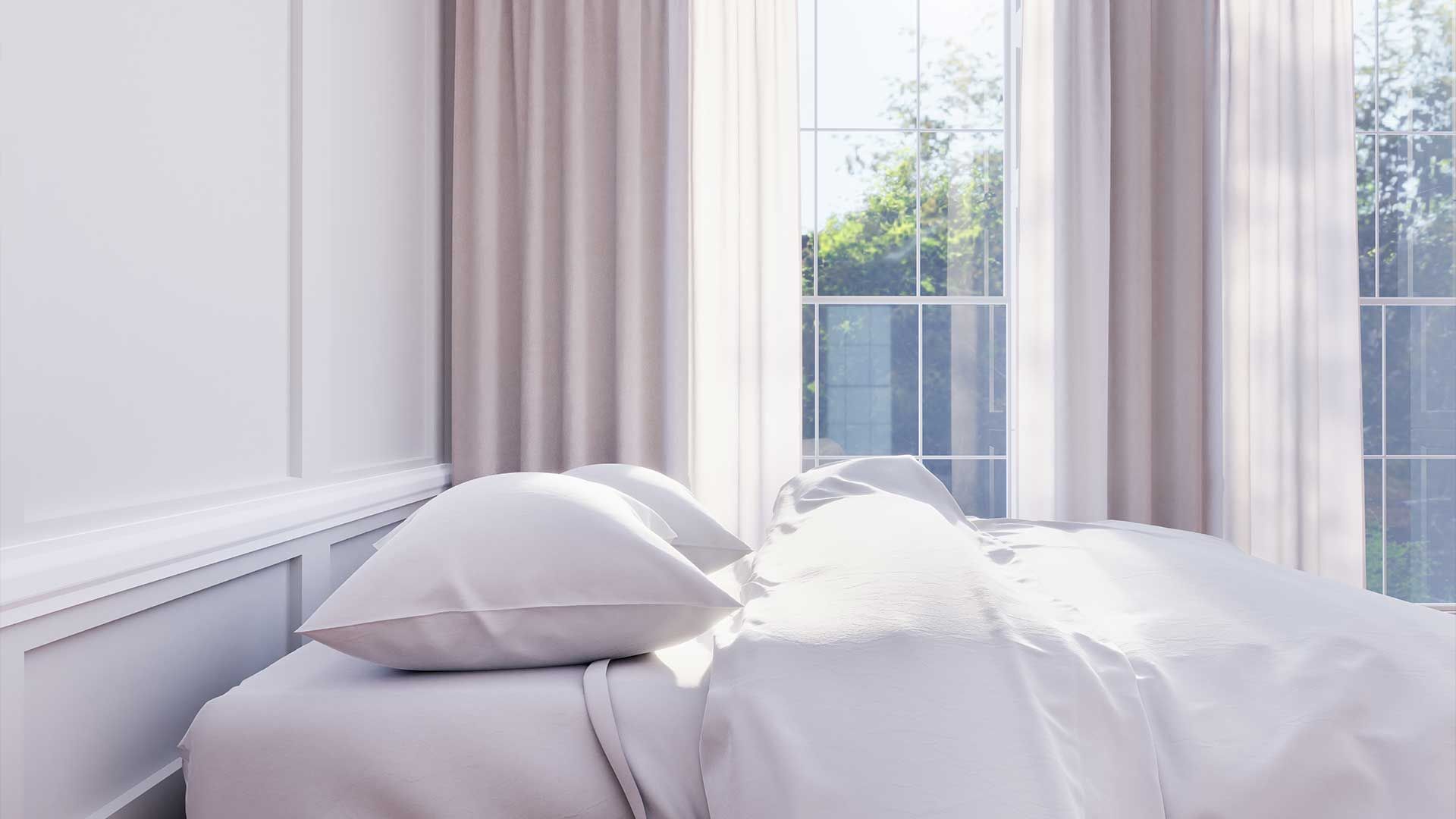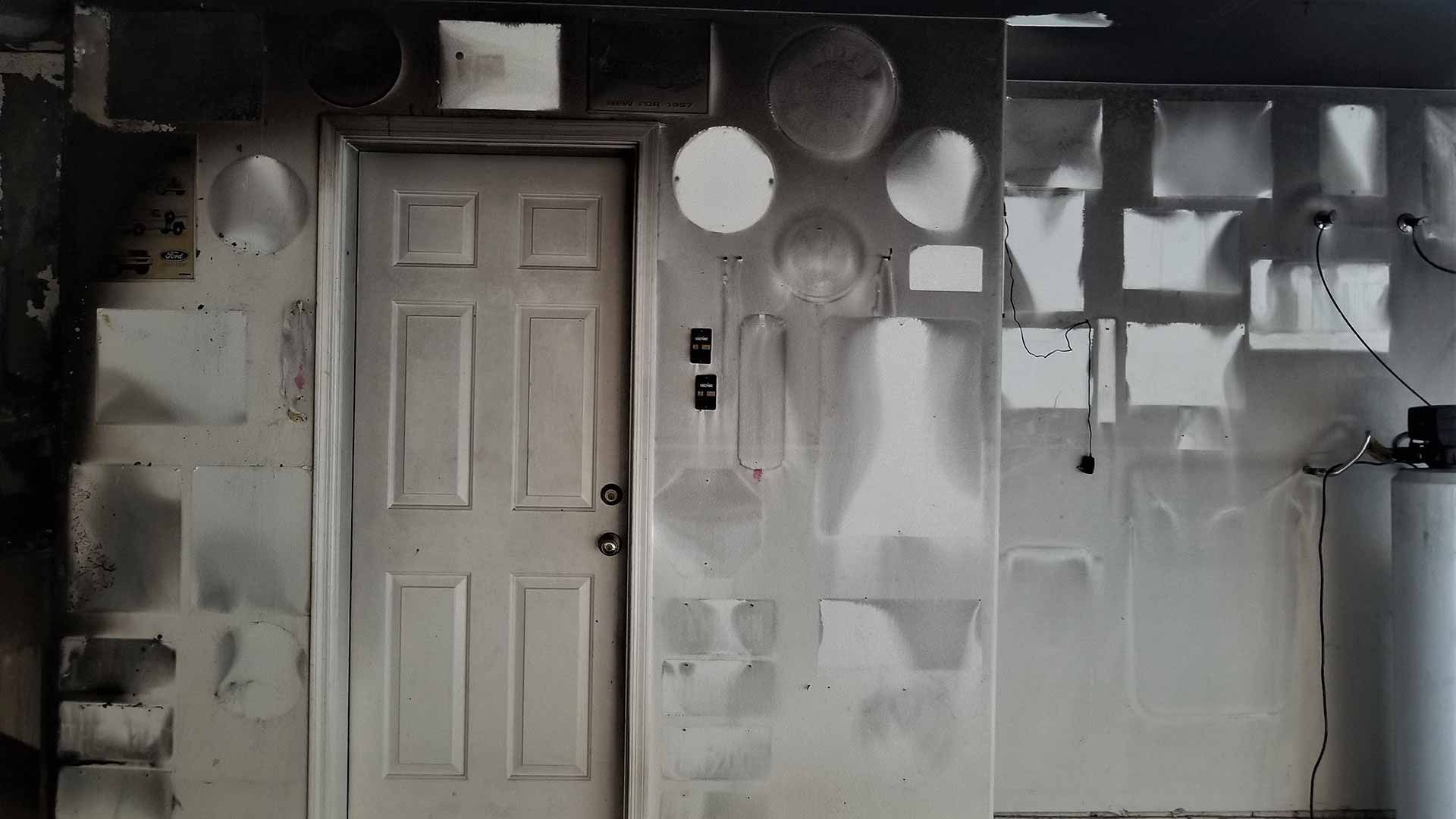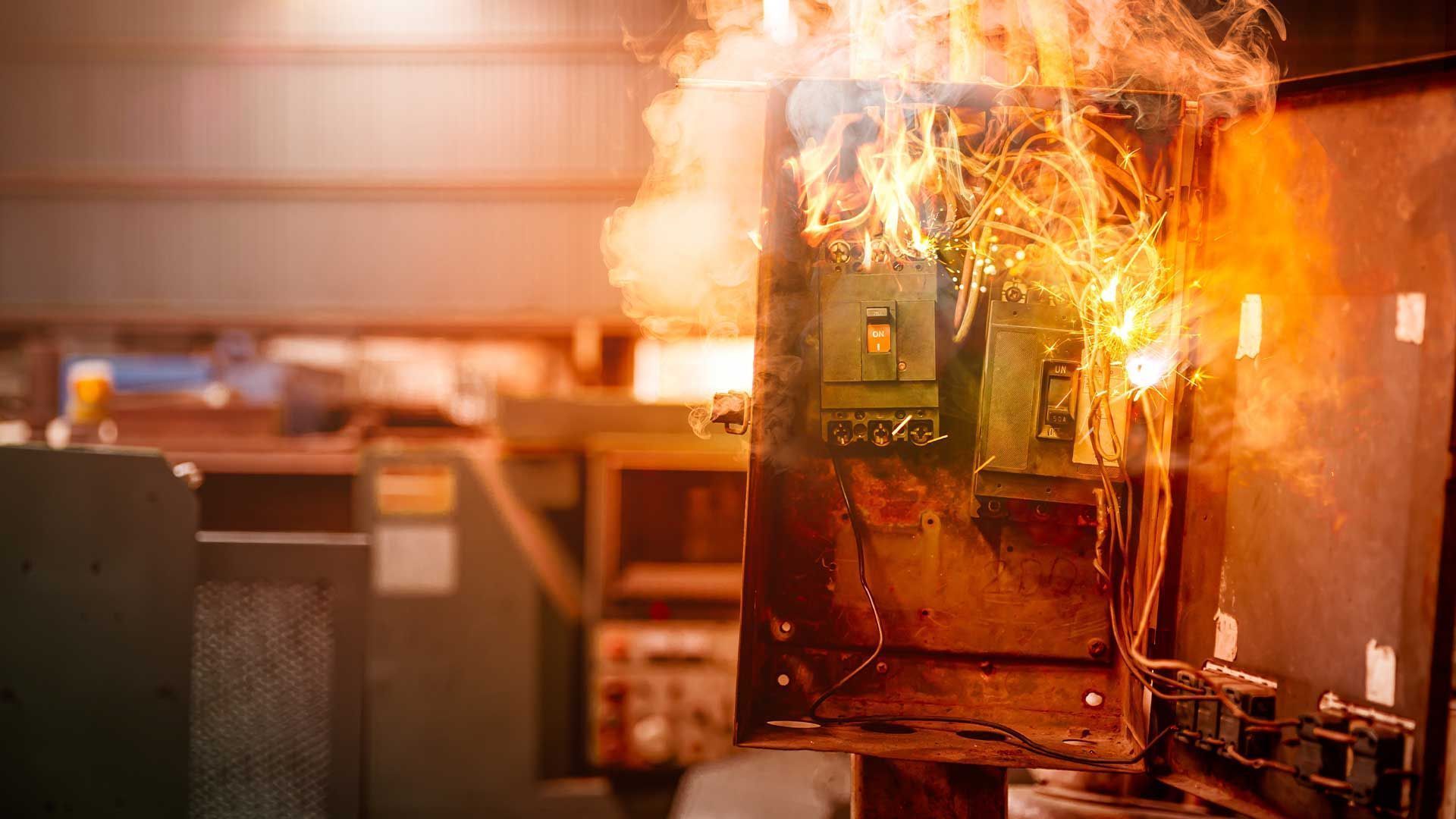Post-Mold Remediation Maintenance: Keeping Your Home Mold-Free
Understanding the Aftermath of Mold Remediation
Once mold remediation is complete, many homeowners believe the battle against mold is over. However, it's crucial to realize that the removal of mold doesn't guarantee its permanent absence. Understanding the aftermath of mold remediation is the first step to keeping your home mold-free.
Mold remediation is the process of eliminating existing mold growth, but it doesn't address the underlying causes of mold, such as moisture issues. Mold can return if these root causes aren't mitigated. This is why post-remediation maintenance is so important. It involves proactive steps to prevent mold from making a comeback.
In this section, we'll emphasize the common misconception that remediation alone solves the mold problem. We'll stress the need for ongoing vigilance and the importance of taking action to maintain a mold-free environment. By recognizing the true nature of post-remediation challenges, you can be better prepared to protect your home and your family from mold-related issues.
Assessing Your Home
After mold remediation, a crucial step is to assess your home thoroughly. This assessment serves as a vital checkpoint to ensure that mold does not return. It involves a careful examination of your living space to identify areas susceptible to mold growth.
Start by conducting a post-remediation inspection. Inspect the areas that were previously affected by mold to ensure all traces of mold have been removed. Additionally, check other vulnerable areas in your home that might be prone to moisture buildup or mold growth. Pay close attention to places like bathrooms, basements, attics, and kitchens.
During the assessment, keep an eye out for any signs of moisture, leaks, or condensation. These are primary contributors to mold growth. Detecting and addressing these issues promptly is vital for maintaining a mold-free environment.
By assessing your home meticulously, you can identify and address potential problem areas before mold has a chance to return. This proactive approach is key to keeping your living space healthy and mold-free in the aftermath of remediation.
Monitoring Indoor Humidity
Keeping an eye on indoor humidity levels is a fundamental aspect of post-mold remediation maintenance. Mold thrives in high humidity environments, so maintaining optimal humidity levels is crucial for preventing its return.
First, understand the role of humidity in mold growth. Mold needs moisture to survive and reproduce, and high indoor humidity provides the necessary conditions. To prevent mold, maintain indoor humidity levels below 60%, ideally between 30% and 50%. You can measure humidity using a hygrometer, which is an affordable device available at most home improvement stores.
To achieve the right humidity levels, consider using dehumidifiers. These appliances help remove excess moisture from the air, creating an inhospitable environment for mold. Place them in areas of your home that are more prone to moisture, such as basements or bathrooms.
By monitoring and managing indoor humidity levels, you're taking a significant step in preventing mold's resurgence in your home. It's a simple but effective way to maintain a healthy living environment and protect your family from mold-related issues.
Ventilation and Air Quality
Proper ventilation and air quality are essential components of your post-mold remediation maintenance plan. Ensuring good air circulation not only keeps your home feeling fresh but also discourages mold growth.
To enhance ventilation, begin by understanding its importance. Adequate airflow helps to reduce moisture and prevent stagnant, humid conditions that mold thrives in. To achieve this, make sure that your home's ventilation systems are in good working order. Check and clean vents and exhaust fans regularly.
Consider using air purifiers to improve air quality. These devices can help remove allergens and mold spores from the air, making your indoor environment healthier. High-efficiency particulate air (HEPA) filters are particularly effective in capturing tiny mold spores.
Regularly opening windows and doors, especially during dry and sunny days, allows fresh air to circulate through your home. This helps reduce humidity and maintain a mold-free environment.
By focusing on ventilation and air quality, you'll not only create a more comfortable living space but also reduce the conditions that support mold growth, helping to keep your home mold-free.
Consistent Cleaning and Maintenance
Consistent cleaning and maintenance are essential in your post-mold remediation routine. By maintaining a clean and orderly living environment, you can reduce the likelihood of mold returning to your home.
Begin by following a regular cleaning schedule, which includes dusting, vacuuming, and wiping down surfaces. Mold spores can settle on various household surfaces, so keeping them clean is vital. Be especially thorough in areas that are more susceptible to moisture, like bathrooms and kitchens.
Pay close attention to any signs of water stains or discoloration on walls, ceilings, or floors. If you notice any, investigate the source and address it promptly. Leaks or water intrusion can create the ideal conditions for mold growth.
Incorporate decluttering into your routine as well. Reducing clutter makes it easier to clean and allows for better air circulation, which can help prevent mold. Organize your belongings and remove items that may be gathering dust and hindering airflow.
By maintaining a consistent cleaning and maintenance regimen, you're actively preventing the conditions that mold needs to thrive. This proactive approach is a key component of keeping your home mold-free after remediation.
Exterior Maintenance
Post-mold remediation maintenance doesn't stop at the interior of your home; it also involves taking care of the exterior. The exterior of your home can impact your indoor environment, so it's important to prevent water intrusion and other issues.
Start with regular maintenance of your gutters and downspouts. Gutters that are clogged or damaged can lead to water buildup, which can seep into your home and create conditions conducive to mold growth. Keep gutters clean and in good condition to ensure proper water drainage.
Consider landscaping and drainage. Properly designed landscaping can help direct rainwater away from your home's foundation, reducing the risk of moisture penetration. Ensure that the grading around your home slopes away from the foundation to prevent water from pooling near the walls.
Regularly inspect your home's exterior for any signs of
leaks, cracks, or damage
. Address these issues promptly to prevent water intrusion. Keep an eye on your roof, siding, and windows, as these areas are common entry points for moisture.
Exterior maintenance plays a significant role in post-remediation efforts to maintain a mold-free home. By preventing water from entering your home, you're taking proactive measures to keep your indoor environment dry and mold-resistant.
Mold Testing and When to Check
After mold remediation, it's important to continue monitoring your home for mold growth. Mold testing can provide valuable insights into the air quality and presence of mold spores. Knowing when and how to check for mold is a crucial part of post-remediation maintenance.
Regular mold testing can help you detect mold before it becomes a significant problem. You can
hire professionals
for thorough mold inspections, or you can perform DIY tests using mold testing kits available in stores. It's essential to test for mold if you notice any signs of its return, such as musty odors or visible mold growth.
Certain times call for more frequent testing. For example, it's a good practice to test for mold after heavy rainfall, flooding, or any incident that might introduce excess moisture to your home. Periodic testing, even when there are no visible signs of mold, is a proactive way to ensure your home remains mold-free.
Mold testing helps you catch any potential issues early, allowing you to take immediate action to prevent mold from spreading. By being vigilant and testing when necessary, you're actively maintaining a mold-free living environment.
Addressing Water Leaks Promptly
One of the most critical aspects of post-mold remediation maintenance is addressing water leaks immediately. Water leaks, no matter how minor they may seem, can create an environment conducive to mold growth. Therefore, prompt action is essential.
Identify and fix water leaks as soon as you become aware of them. Check for leaks in plumbing, roofing, and walls, paying close attention to areas where moisture might accumulate. Leaks can originate from broken pipes, faulty seals, roof damage, or even minor cracks.
The dangers of delayed leak repairs are significant. Mold can grow quickly when there is a consistent source of moisture. It can lead to structural damage and health issues, so it's crucial to act swiftly.
Regular checks for plumbing and roof issues can help you catch leaks before they become major problems. By addressing water leaks promptly, you're taking proactive measures to maintain a mold-free environment and safeguard your home from mold-related issues.
Developing a Post-Remediation Action Plan
To effectively maintain a mold-free environment after remediation, it's essential to develop a personalized post-remediation action plan. This plan will serve as your roadmap for keeping your home safe from mold reinfestation.
Start by creating a list of tasks and responsibilities. Determine what needs to be done regularly, such as cleaning, checking for leaks, and monitoring humidity levels. Assign these tasks to specific family members or household members to ensure everyone is involved in maintaining a mold-free home.
Set reminders for recurring activities, such as changing air purifier filters, inspecting your home after heavy rainfall, or scheduling
professional mold inspections.
Utilize digital calendars, apps, or physical calendars to help you stay organized and on top of these tasks.
By developing a post-remediation action plan and sticking to it, you're ensuring that maintenance tasks are consistently performed. This structured approach will help you maintain a healthy living environment and keep mold at bay.
Remember that mold prevention is an ongoing effort, and with a well-structured plan in place, you can enjoy a mold-free home for years to come.
Conclusion
In the aftermath of mold remediation, maintaining a mold-free home is a top priority. Understanding the importance of post-remediation maintenance and taking proactive steps can safeguard your living environment from mold reinfestation. By assessing your home, monitoring indoor humidity, ensuring proper ventilation, conducting consistent cleaning, and addressing water leaks promptly, you can reduce the risk of mold returning.
Exterior maintenance, such as maintaining gutters and downspouts and ensuring proper landscaping and drainage, is equally crucial in preventing water intrusion. Regular mold testing, especially after significant weather events, keeps you informed about your home's air quality and mold presence. Addressing water leaks promptly and developing a post-remediation action plan help you take a structured approach to mold prevention.
Maintaining a mold-free home requires vigilance and dedication, but it's worth the effort to protect your family's health and the integrity of your living space.
For Expert Mold Remediation Services and Post-Remediation Guidance, Contact Us:
Client Business Name: Morris Restoration LLC
Phone Number: (973) 769-4869
Don't hesitate to reach out to
Morris Restoration LLC
for professional mold remediation services and comprehensive post-remediation guidance. Our experienced team is here to ensure your home remains mold-free and safe for you and your family. Contact us today to discuss your needs and get started on the path to a mold-free living environment. Your health and peace of mind are our top priorities.
